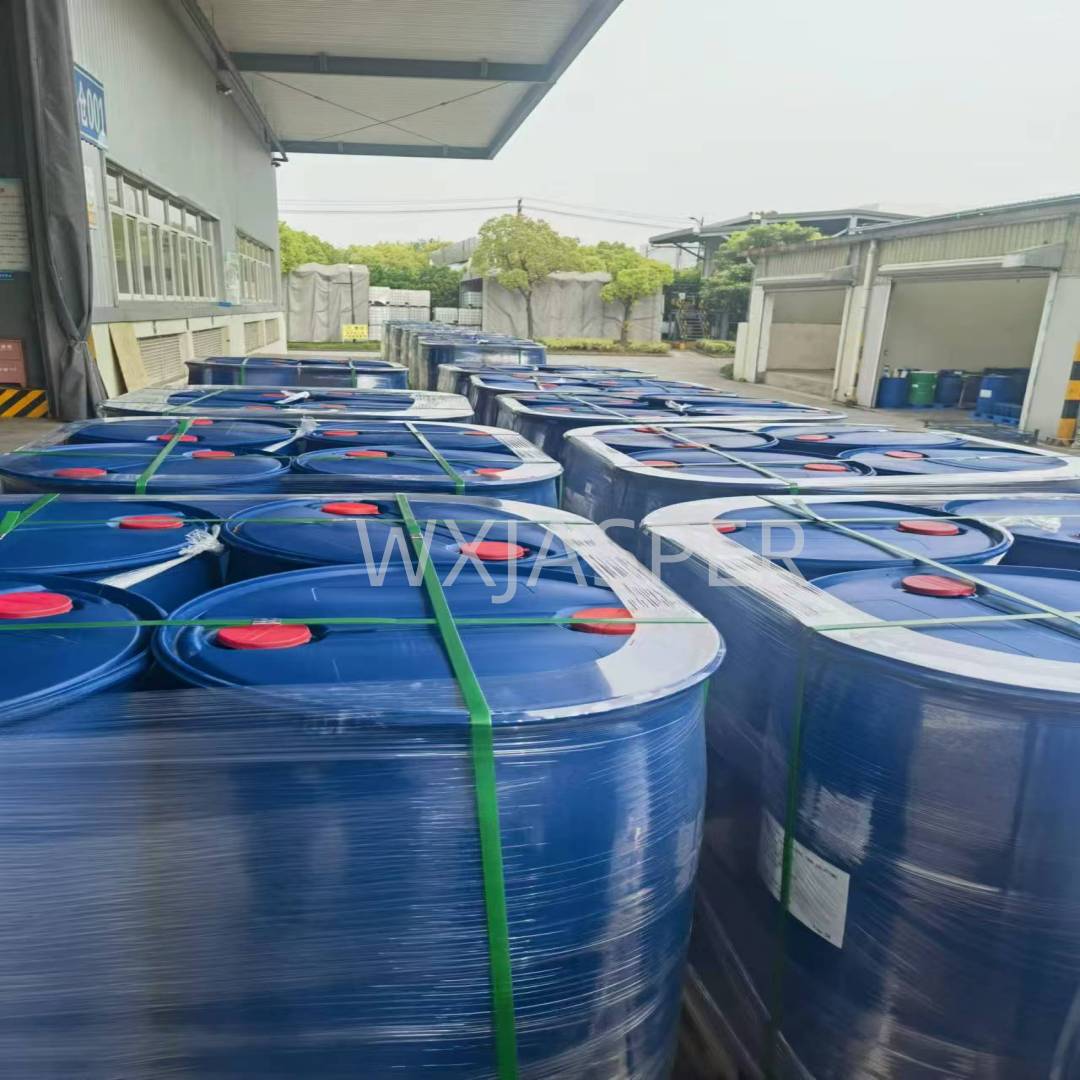Your Location:Home > Products > Solvents > Oleamidopropyl Betaine



CasNo: 25054-76-6
MF: C25H48N2O3
Appearance: liquid
Delivery Time: 15 days
Packing: 200 kg/drum
Purity: 35%
Basic Information
|
Model NO. |
Oleic acid amide propyl betaine |
Status |
Liquid Catalyst |
|
Response Type |
Hydrogenation |
Classification |
Homogeneous Catalysts |
|
Usage |
Negative Catalyst |
Application Industry |
Industry |
|
Origin |
China |
Transport Package |
Drum |
Product Description
Amphoteric Surfactant Oab Oleic Acid Amidopropyl Betaine CAS 25054-76-6 for Cosmetics Use
Product Name: Oleamidopropyl Betaine
CAS: 25054-76-6
MF: C25H48N2O3
MW: 424.67
EINECS: 246-584-2
Product Application
It can be used in daily - use products such as laundry detergents, shampoos, body washes, facial cleansers, etc. It can also be used in fire - fighting foaming agents, and is suitable for preparing foaming agents in cold seasons or alpine regions. It can also be used in the formulations of new building materials foaming agents, shield foaming agents, toy bubble solutions, etc.
Packaging
Usually packaged in plastic drums or iron drums, with common specifications of 50 kg or 200 kg per drum.
Storage
It should be stored in a cool and dry place, protected from moisture and direct sunlight. The general shelf - life is 12 months.